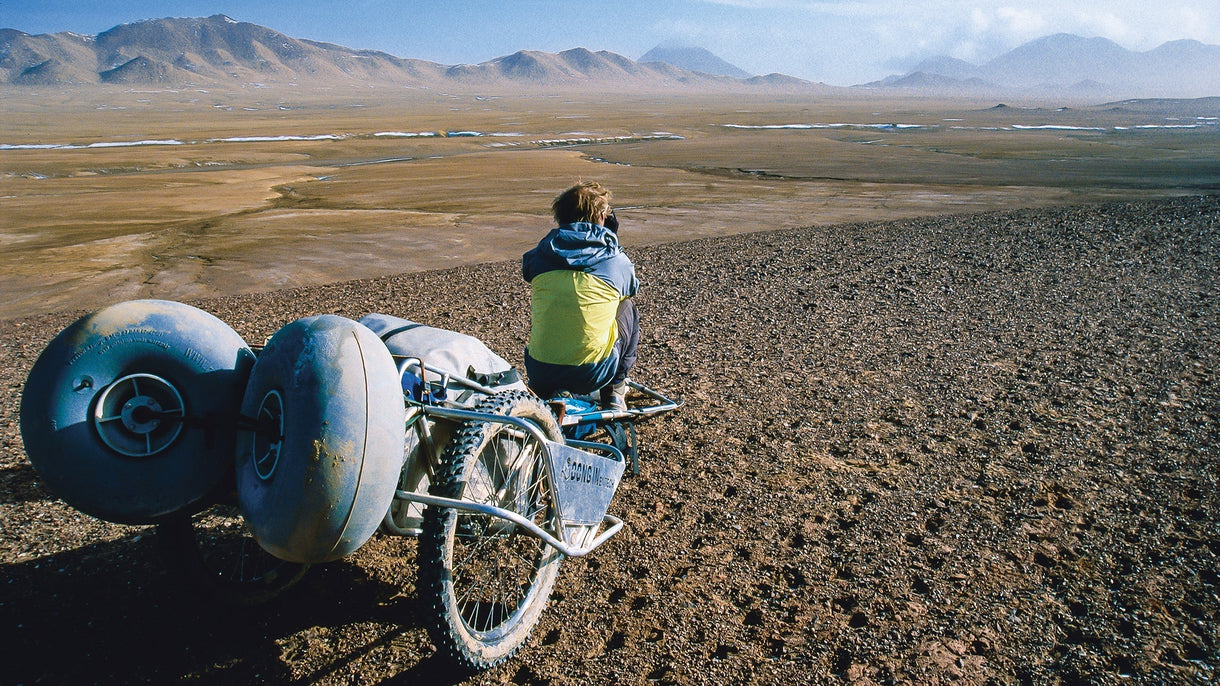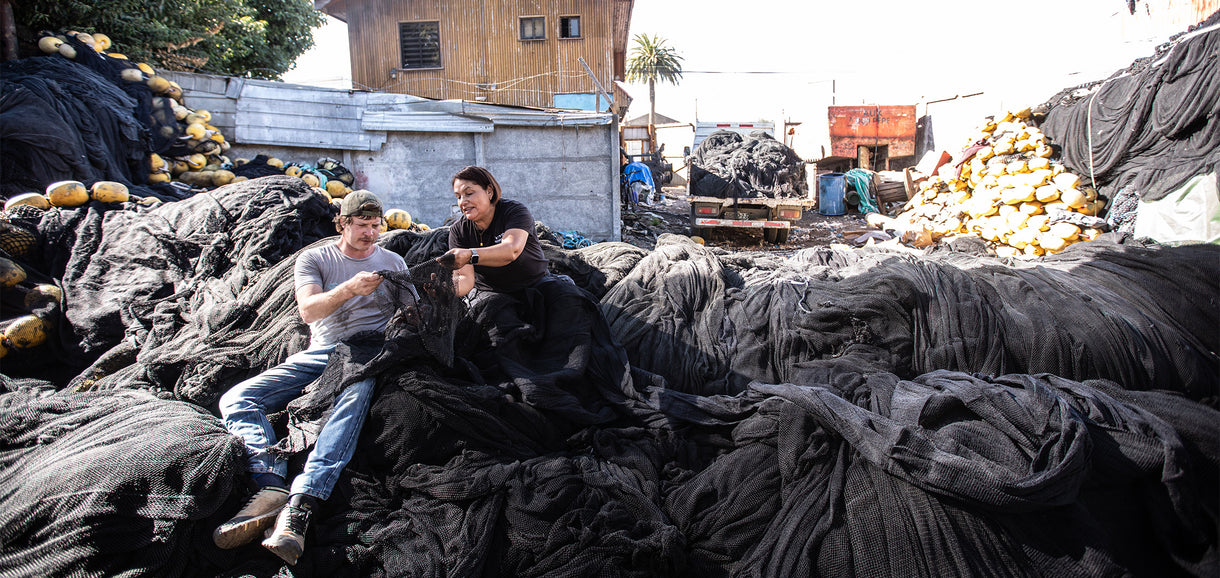They smile and laugh as they huddle for selfies. Yet if they seem playful, they’re also serious. The millions of young people who’ve taken to the streets in the last year know that their generation has been dealt a losing hand, and that the grown-ups are dropping the ball.
“The basic problem is that basically nothing is being done to halt—or even slow—climate and ecological breakdown, despite all the beautiful words and promises,” Greta Thunberg, a 16-year-old Swedish activist, told the Houses of Parliament in the UK in April. “This ongoing irresponsible behaviour will no doubt be remembered in history as one of the greatest failures of humankind.”
Inspired by the Parkland, Florida, students who walked out of class to protest gun violence in March 2018, Thunberg first went on strike from school in August of the same year. She was soon followed by more and more students worldwide who started striking from school every Friday. By March 15, 2019, more than a million school children from over 100 countries played hooky during a global day of strikes.
“School won’t matter in the future if we’re too busy running from extreme weather events.”
I spent that day in New York City with middle- and high-school students as they went from the United Nations headquarters to city hall to the American Museum of Natural History in hopes that they’d be heard. If you aren’t old enough to vote and you don’t want to be left with an uninhabitable planet, marching makes more sense than gym class. “School won’t matter in the future if we’re too busy running from extreme weather events,” said Alexandria Villaseñor, one of the organisers of the school strikes in NYC.
During the strike, I watched as kids anxiously took their places in front of the UN, holding up signs like YOLO (You Only Live Once) with an image of Earth as the first O. When one of the kids gave a signal, they all lay down on the ground in silence—a “die-in”—and a warning that the climate crisis could shorten their lives. As they lay there, I recalled my first die-in against the expansion of a strip mine, in 2014, in Lusatia, an area on the border of Germany and Poland. Watching these kids, I wondered once again if their message would get through. We already know all we need to know, and we’ve known it for a long time.

Keely Ferrando, 15, at the March 15 school strike in front of the US Capitol building in Washington, DC. “My generation is probably the last that have the chance to reverse or halt climate change,” she says. Photo: Matt Eich
The year I was born, 1988, Dr. James E. Hansen, a top NASA scientist, testified in the Senate that he was 99 percent certain that global warming was happening and that it was caused by humans. In his testimony, Dr. Hansen said the greenhouse effect was making extreme weather events like heat waves and droughts more frequent and intense. In a post-testimony New York Times interview, he said, “It is time to stop waffling so much and say that the evidence is pretty strong that the greenhouse effect is here.”
We did way worse than waffling. As oil companies like ExxonMobil poured millions into disinformation campaigns to sow doubt about the urgency of the crisis, we pumped more carbon emissions into the atmosphere, trapping more heat in the atmosphere and contributing to deadly heat waves, devastating hurricanes and an endless fire season in the American West. This May, an instrument located on a volcano in Hawai‘i recorded the average level of carbon dioxide in our atmosphere at 415 parts per million, the highest it’s ever been in human history and well beyond the threshold of the 350 ppm considered safe. Within days of that reading, we also learned that at least one million species are at risk of extinction because of human activity, which is bad news for humans, too.
The kids lying “dead” in front of the UN read this news, too, and have taken it to heart. Why hasn’t everyone?
As I watched them, I realised, too, that they weren’t just making a statement; these kids were showing us how to cope, by finding each other and sticking together.
“When someone dies young, you think they went too early,” says 15-year-old Shifra Morris-Evans, when we spoke later, in May. “That’s how we feel about our planet.”
Morris-Evans is a member of XR Youth, the youth arm of Extinction Rebellion, a European protest group (and Patagonia grantee) that shut down London during rush hour several times this spring. We were talking about climate grief, and how many of the kids her age are coping with anxiety at the thought of a climate breakdown.
“We’re too young to go,” she added. “There is still fire in us and I think we can do it. I wouldn’t be doing this if I didn’t think we could do it.”
Earlier this year, as the youth strikes reached a peak, the UK and Irish governments became the first two countries to declare a climate emergency. The European Parliament elections this spring saw the highest voter turnout in decades and Green parties won more seats than ever before.
“With action comes hope,” says 16-year-old Saoi O’Connor from Ireland. “We are feeling more hopeful than we’ve been in a long time. We talk about tipping points a lot with climate change. People are saying 11 years, 5 years … We don’t know when exactly we won’t be able to go back. But I think we’re hitting a social tipping point. People are beginning to see it’s the biggest issue of our time.”

Saoi O’Connor, 16, of Fridays for Future, during a school strike in Cork, Ireland: “Every Friday I strike from school holding up a sign that says, ‘The emperor has no clothes.’ It’s in reference to a fairy tale in which a lot of adults are pretending something isn’t happening, until a young person calls it out and everybody wakes up to the reality that was right in front of them.” Photo: Shamim Malekmian
At Patagonia, our school-skipping days are mostly behind us (and, if we’re honest, we mostly cut class for a strong swell). But we’re inspired by the #fridaysforfuture protests, and the global mobilisation of youth around climate. We also believe it shouldn’t fall on them to do our homework for us.
There are many reasons we’ve failed as a society to respond well enough to the climate crisis, including some—irrational exuberance—that have served us well at other times. The luckier amongst us look around and see a stable, temperate environment, and are happy to keep riding the wave of denial. If these kids show us one thing, though, it’s that it’s not too late to change. We can start small, simply by showing up. Looking for motivation? Look to them. And on September 20, join people of all ages for a global day of striking that will launch an entire week of climate action across the world. As Greta Thunberg said after Scotland’s prime minister declared a climate emergency back in April, “Activism works. So act.”
Tell our leaders there is no room in government for climate deniers. Answer with Action
#AnswerWithAction, #Climatestrike
Author Profile- Madalina Preda is an activist and the managing editor for environment at Patagonia.























































